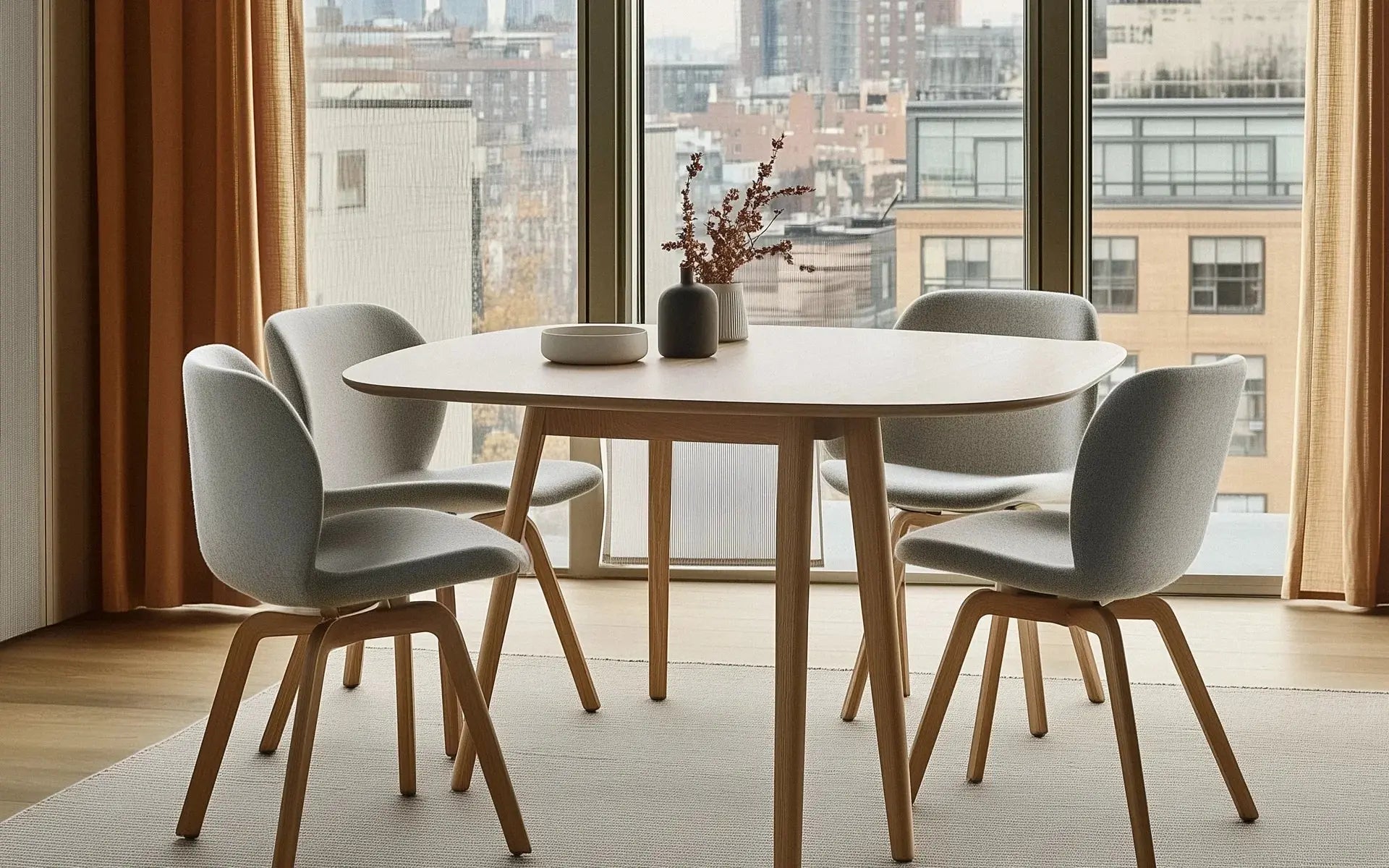THE RIGHT COLOUR PALETTE CAN TRANSFORM ANY ROOM, CREATING MOOD, STYLE, AND PERSONALITY.
Colour is one of the most powerful tools in interior design, capable of completely transforming the look and feel of a space. Whether you’re aiming to create a calm retreat, an energizing workspace, or a warm, welcoming living area, the colours you choose play a pivotal role in shaping the atmosphere and personality of your home.
Understanding how different colours work together and the emotions they evoke can help you create spaces that not only look beautiful but also resonate with your personal style and needs.
The beauty of working with colour lies in its versatility. From bold, vibrant hues that make a statement to soft, neutral tones that create a soothing backdrop, every colour has the potential to bring a unique dimension to your space. By carefully selecting and combining colours, you can achieve a balanced and harmonious environment that reflects both your taste and the room’s purpose. Whether through a single accent wall, a mix of textiles, or a thoughtfully curated collection of decor, colour is the key to unlocking the full potential of your interiors.


The Science Behind Colour in Design
Colour isn’t just about aesthetics—it has a profound impact on our emotions and behaviour. Different colours can evoke different feelings; for example, blue is often associated with calmness and serenity, making it ideal for bedrooms and bathrooms. In contrast, red is a stimulating colour that can increase energy levels, making it a popular choice for dining rooms or spaces where people gather. Understanding the psychological effects of colour allows you to use it strategically in your home to create the desired atmosphere.
In addition to psychological effects, colours also interact with light and space in unique ways. Lighter colours can make a room feel more spacious and airy, while darker shades can add depth and coziness. The direction and quality of natural light in a room can also influence how colours appear throughout the day. By considering these factors, you can choose colours that not only complement each other but also enhance the room’s natural characteristics, creating a cohesive and pleasing environment.
How to Choose the Right Colours for Your Home
Selecting the right colours for your home can feel overwhelming, but with a few guidelines, you can simplify the process and make choices that truly enhance your space. Start by considering the mood you want to create in each room. For a calm and relaxing environment, opt for cool colours like blues, greens, and soft purples. If you want to create a warm and inviting space, choose warmer tones like reds, oranges, and yellows. Neutrals, such as whites, grays, and beiges, offer versatility and can serve as the perfect backdrop for bolder accents.
Once you’ve determined the overall mood, think about how different colours will work together. A monochromatic scheme, using varying shades of a single colour, can create a sophisticated and cohesive look. Alternatively, a complementary colour scheme, which pairs colours opposite each other on the colour wheel, can add vibrancy and contrast to a room. Don’t be afraid to experiment with patterns and textures as well, as they can add another layer of interest and depth to your colour palette.
Choosing the right colours can completely transform your space, creating a home that feels both stylish and comfortable. By understanding the impact of different colours and how they work together, you can create an environment that truly reflects your personality and enhances your daily life.
— Sarah Adams, Interior Design Today





Share:
The Silhouette Modern Chair by Lars Bjørnsen
Blueprint Organizer Combines Simplicity with Functionality